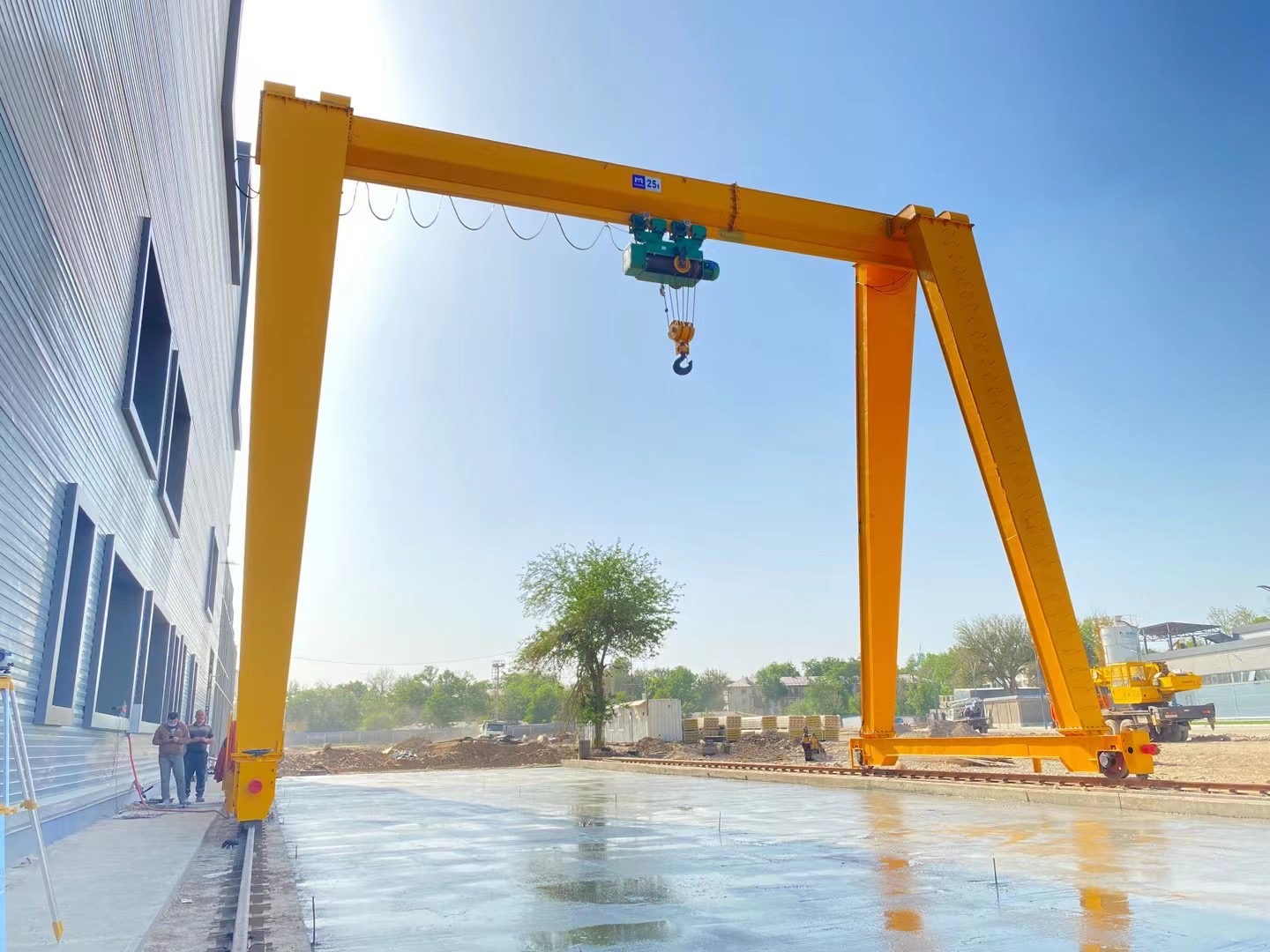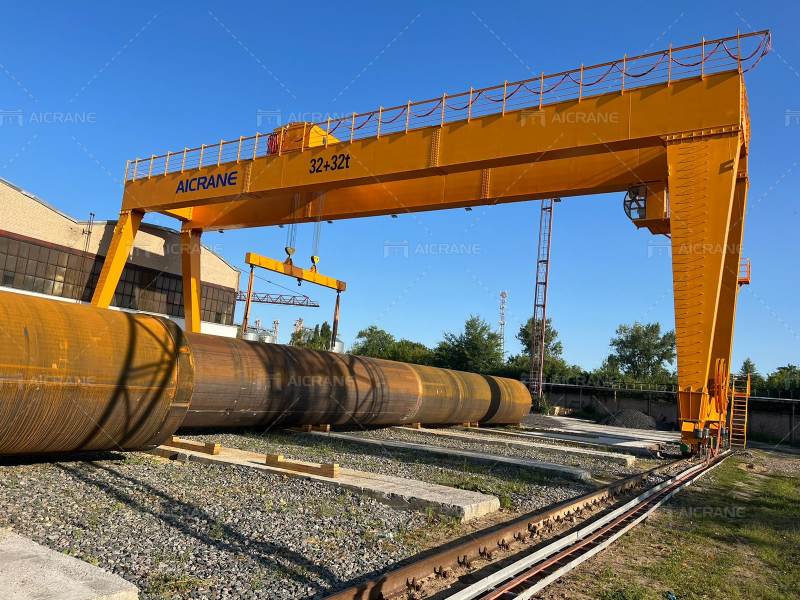Operating outdoor gantry cranes involves handling heavy loads in dynamic environments, presenting potential risks to personnel, equipment, and surrounding infrastructure. Ensuring safety during crane operations is paramount to prevent accidents and injuries. In this article, we will explore important safety considerations and best practices for operating outdoor gantry cranes.
Risk Factors in Outdoor Gantry Crane Operations
Outdoor gantry cranes are commonly used in industrial settings such as ports, construction sites, and manufacturing facilities. Some of the inherent risks associated with operating outdoor gantry cranes include:

Heavy Loads
Gantry cranes are designed to lift and move heavy loads, which can pose significant risks if not handled properly.
Overloading the crane or exceeding its lifting capacity can lead to structural failures or accidents.
Environmental Conditions
Outdoor gantry cranes are exposed to various weather conditions such as wind, rain, snow, and temperature fluctuations.
Adverse weather can affect crane stability, visibility, and safe operation.
Proximity to Personnel and Equipment
Gantry cranes operate in close proximity to personnel, vehicles, and other equipment.
Poor communication or lack of awareness can result in collisions or accidents.
Equipment Malfunctions
Mechanical failures or malfunctioning components in the crane can compromise safety during operations.
Regular maintenance and inspections are essential to identify and address potential issues.

Key Safety Considerations
To mitigate risks associated with outdoor gantry crane equipment operations, the following safety considerations should be implemented:
Training and Certification
Ensure that crane operators are properly trained, certified, and familiar with safe operating procedures.
Provide ongoing training to keep operators updated on safety protocols and best practices.
Pre-Operation Inspections
Conduct thorough pre-operation inspections of the gantry crane and its components before each use.
Check for signs of damage, wear, or malfunction that could compromise safety.
Load Limits and Capacity
Adhere to load limits specified by the crane manufacturer and avoid overloading the crane.
Use proper rigging techniques and spreader bars to evenly distribute the load.
Weather Monitoring
Monitor weather conditions regularly and suspend crane operations during adverse weather such as high winds or lightning storms.
Implement wind speed restrictions to ensure safe crane operation.
Clear Communication
Establish clear communication protocols between crane operators, ground personnel, and spotters.
Use hand signals, radios, or signaling devices to coordinate movements and ensure safe operations.
Safe Work Practices
Enforce safe work practices, including keeping personnel clear of the crane’s swing radius and load path.
Implement traffic management plans to minimize interactions between cranes, vehicles, and pedestrians.
Emergency Procedures
Develop and communicate emergency procedures for crane-related incidents, such as crane collapse or personnel injury.
Ensure that emergency contact information and rescue equipment are readily available on-site. Outdoor gantry crane can be designed to be single girder or double girder gantry crane to suit wide range of work needs.
Personal Protective Equipment (PPE)
Operators and personnel involved in outdoor gantry crane operations should wear appropriate personal protective equipment (PPE), including:
- Hard hats to protect against falling objects.
- High-visibility clothing to enhance visibility, especially in low-light conditions.
- Safety harnesses and fall protection equipment for working at heights.
- Hearing protection and eye protection to mitigate exposure to noise and debris.
Conclusion
Safety is paramount when operating outdoor gantry cranes to prevent accidents, injuries, and damage to property. By implementing comprehensive safety measures, conducting regular inspections, and providing ongoing training, operators and organizations can ensure safe and efficient crane operations in outdoor environments. Prioritizing safety not only protects personnel and equipment but also contributes to overall productivity and operational excellence in industrial settings.